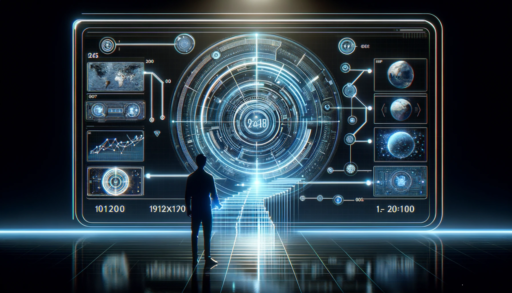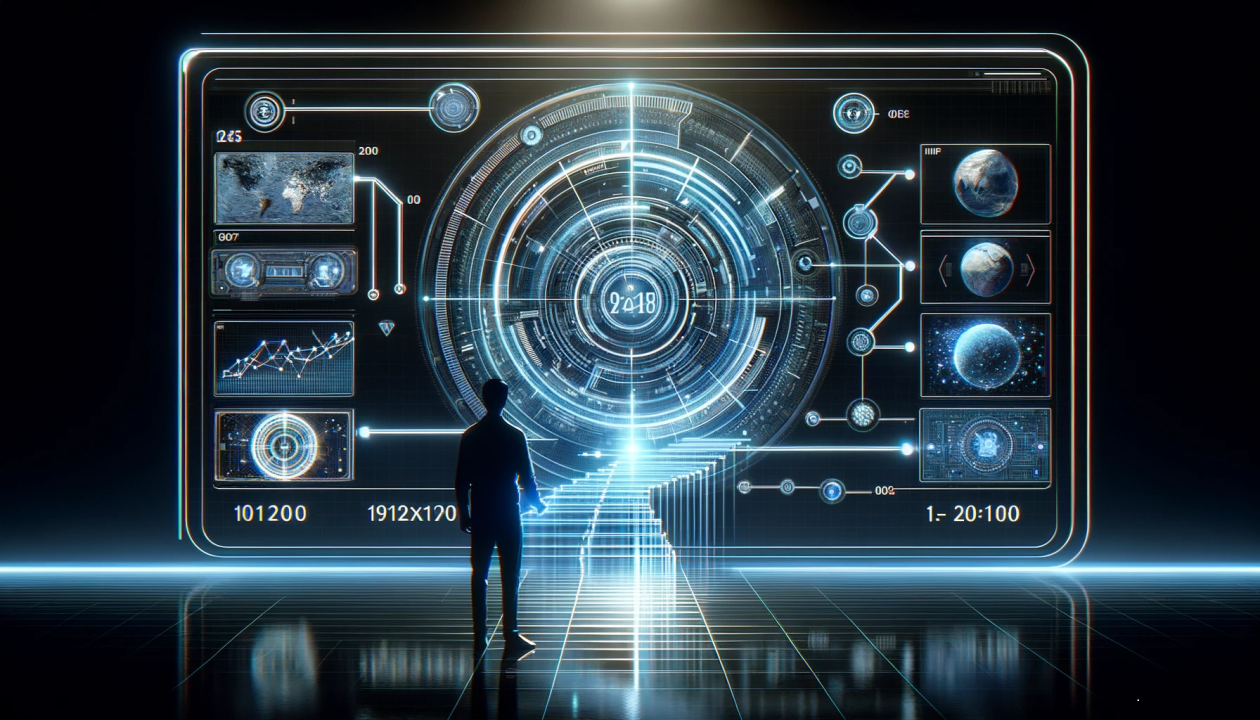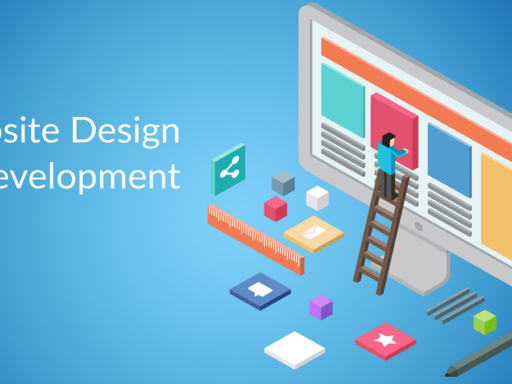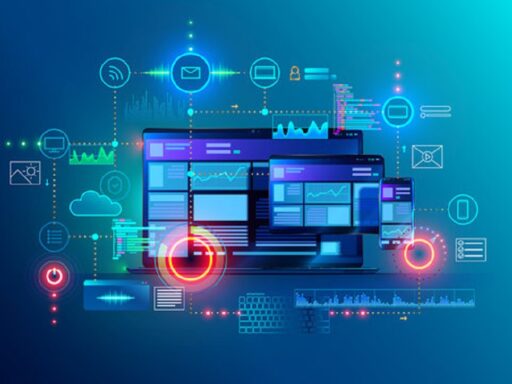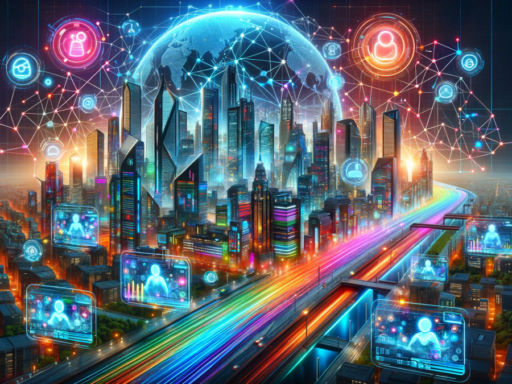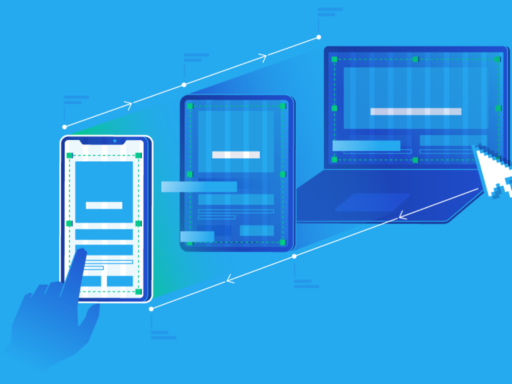Industrial design is a field that seamlessly blends art, science, and technology to create products that are not only functional but also aesthetically pleasing and user-friendly. From the sleek lines of a smartphone to the ergonomic curves of a chair, industrial design plays a crucial role in shaping the everyday objects that define our lives. This blog delves into the history, principles, and future trends of industrial design, exploring how it continues to revolutionize the way we interact with the world around us.
A Brief History of Industrial Design
The origins of industrial design can be traced back to the Industrial Revolution in the 18th century, a period that marked a significant shift from handcrafted goods to mass-produced items. As machinery and production processes evolved, there was a growing need for products that could be manufactured efficiently while maintaining a high level of quality and functionality. This necessity gave rise to the field of industrial design, which focused on creating products that were both practical and aesthetically appealing.
One of the pioneers of industrial design was Peter Behrens, a German architect and designer who is often credited with laying the foundations of modern industrial design. In the early 20th century, Behrens worked with companies like AEG, where he developed a cohesive design language for products ranging from electric fans to industrial buildings. His approach emphasized the importance of aesthetics in mass-produced goods, setting the stage for future generations of designers.
Throughout the 20th century, industrial design continued to evolve, influenced by movements such as the Bauhaus, which advocated for the integration of art and technology, and the streamlined aesthetic of the Art Deco period. Designers like Raymond Loewy and Dieter Rams further pushed the boundaries of the field, focusing on functionality, simplicity, and user experience. Their work paved the way for the sleek, user-centric designs that dominate the market today.
Core Principles of Industrial Design
At its heart, industrial design is about solving problems and enhancing the user experience through thoughtful, innovative design. Here are some core principles that guide industrial designers
1.Functionality: The primary goal of industrial design is to create products that perform their intended function effectively and efficiently. This involves understanding the needs of the user and designing products that meet those needs in a practical way. For example, a well-designed kitchen appliance should be easy to use, reliable, and capable of performing its intended tasks without hassle.
2.Aesthetics: While functionality is crucial, aesthetics also play a significant role in industrial design. A product’s appearance can influence its perceived value and desirability. Designers strive to create visually appealing products that are not only functional but also enhance the user’s experience and enjoyment. The minimalist design of Apple products, for example, has set a benchmark for combining beauty with practicality.
3.Ergonomics: Ergonomics is the study of how people interact with products and environments. Industrial designers focus on creating products that are comfortable and easy to use, minimizing physical strain and enhancing user satisfaction. This involves considering factors such as the shape, size, and weight of a product, as well as the way it is used. Ergonomic design is particularly important in products like office furniture and tools, where comfort and ease of use are paramount.
4.Sustainability: In today’s environmentally conscious world, sustainability is a key consideration in industrial design. Designers are increasingly focusing on creating products that are environmentally friendly, using materials and production processes that minimize waste and reduce environmental impact. This includes designing products that are durable, recyclable, and energy-efficient, contributing to a more sustainable future.
5.Innovation: Industrial design is a field that thrives on innovation. Designers are constantly exploring new materials, technologies, and processes to create products that are not only functional and aesthetically pleasing but also push the boundaries of what is possible. Innovation in industrial design can lead to groundbreaking products that transform industries and improve the quality of life for users.
The Role of Industrial Design in Today’s World
In today’s fast-paced, technology-driven world, industrial design plays a critical role in shaping the products that we use on a daily basis. From consumer electronics and household appliances to transportation and medical devices, industrial designers are responsible for creating products that are both functional and appealing, enhancing the user experience and driving innovation.
One of the key challenges facing industrial designers today is the need to balance functionality, aesthetics, and sustainability. As consumers become more aware of the environmental impact of their purchases, there is a growing demand for products that are not only effective and attractive but also environmentally friendly. This has led to a surge in sustainable design practices, with designers exploring new materials and production methods to create products that minimize environmental impact.
Another significant trend in industrial design is the rise of smart products. As technology continues to advance, there is an increasing demand for products that are connected, intelligent, and capable of interacting with other devices. Industrial designers are at the forefront of this trend, creating smart products that enhance the user experience and provide new levels of functionality. From smart home devices that can be controlled remotely to wearable technology that monitors health and fitness, the possibilities are endless.
The Future of Industrial Design
Looking to the future, industrial design is set to play an even more important role in shaping the products and technologies that define our world. As new technologies such as artificial intelligence, 3D printing, and the Internet of Things continue to evolve, industrial designers will have the opportunity to create products that are smarter, more efficient, and more connected than ever before.
One of the most exciting prospects for the future of industrial design is the potential for greater personalization. Advances in manufacturing technology are making it possible to create customized products that are tailored to the specific needs and preferences of individual users. This could revolutionize the way we think about consumer products, allowing for greater flexibility and customization in everything from clothing and footwear to electronics and furniture.
In conclusion, industrial design is a dynamic and ever-evolving field that plays a crucial role in shaping the products and technologies that define our world. By focusing on functionality, aesthetics, ergonomics, sustainability, and innovation, industrial designers are creating products that not only meet the needs of users but also enhance their quality of life. As we look to the future, the possibilities for industrial design are limitless, offering new opportunities to create products that are smarter, more efficient, and more connected than ever before.

